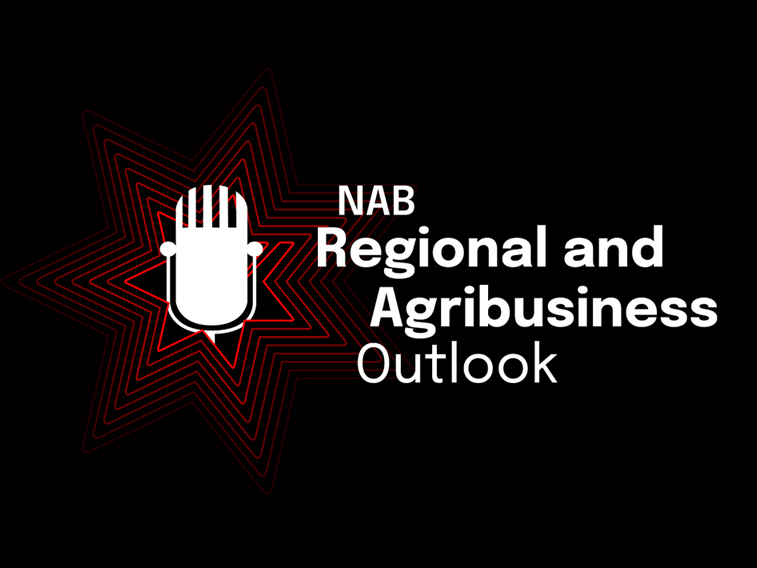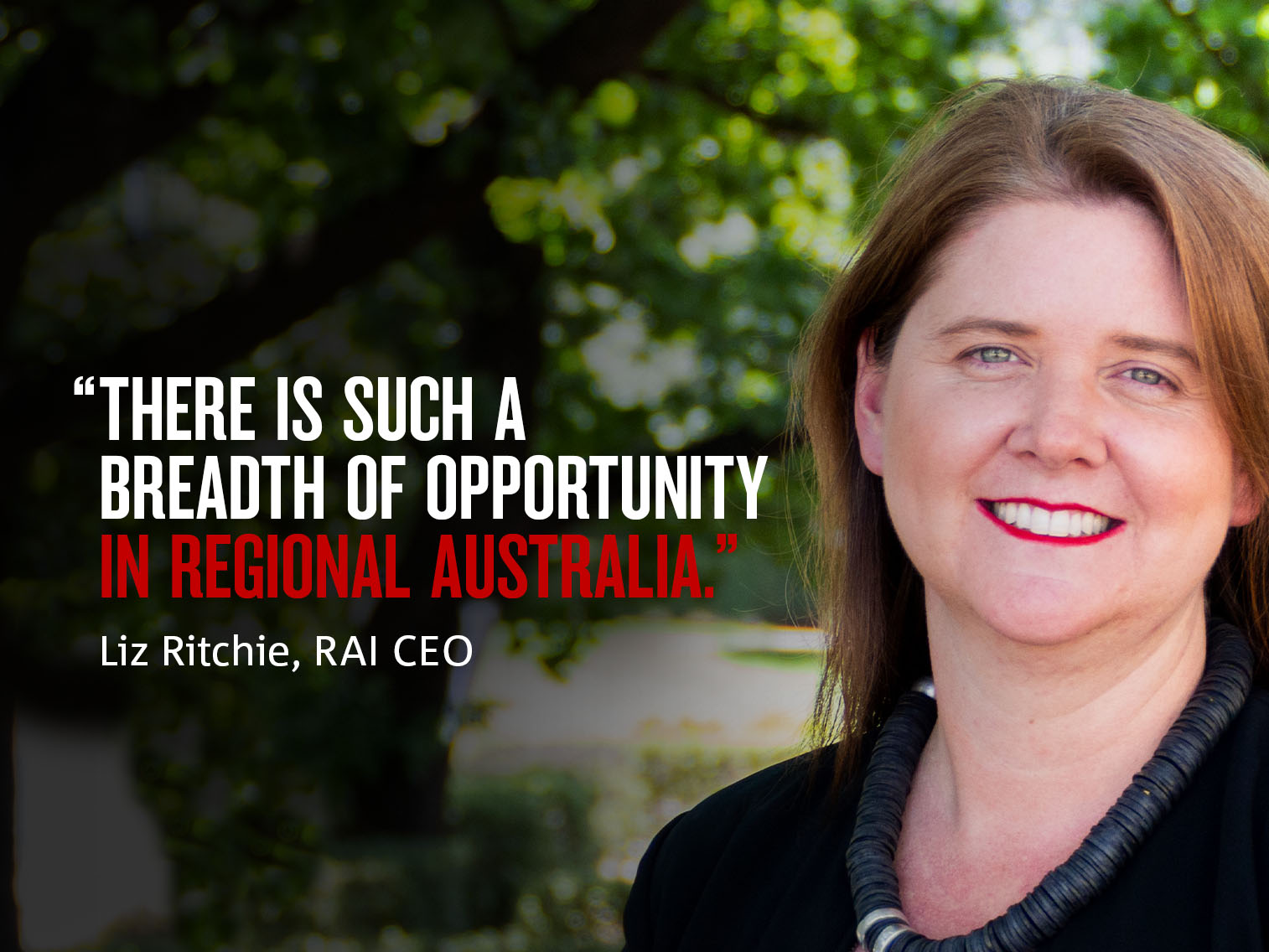Take a closer look at Australia’s Farm Management Deposits scheme, and other conversations in the lead up to end of financial year.


Video
Call it a treechange, call it a search for opportunity… whatever the reason, many Australians are swapping the city for a rural idyll. Regional Australia Institute CEO Liz Ritchie discusses the implications and opportunities of this migration.

As the country emerges from its various lockdowns, Australians are taking stock of the landscape on the other side.
The past two years have seen massive shifts in demographics and population centres, with regional Australia adding record inflows of internal migrants. Simultaneously, our ways of working and living have become restricted in some respects, but liberated in others.
Liz Ritchie, CEO of the Regional Australia Institute (RAI), says that unexpected population growth in the regions has put some towns and councils under pressure.
“The latest ABS statistics had, March on March to 2021, close to 45,000 net growth in the regions. This is a really unusual set of circumstances,” Ritchie points out. “Ordinarily, you would see a two-way flow between regions and cities. And regions tend to do a little bit better each year, as our records show, but what we’re seeing at the moment is that that gap has clearly widened to record levels.
“And it’s got consequences because the regions weren’t necessarily geared for that kind of change to happen so suddenly. We need to really assess what is likely to occur, informed by data.”
Ritchie says that councils and communities need to understand the services and skills available to them, and overlay them with the demographic data of incoming migrants, to determine where and when more schools, doctors or transport are required.
“It’s really important to have a strong assessment and mud map of what your population make-up is today, and what it will look like in the next 10 to 20 years, so that you can plan for the transition that’s coming,” she says.

But the boom in tree-changers and young professionals upping sticks for the country life may not necessarily represent a structural change.
Treasury’s latest Intergenerational Report has projected that it will take years for Australia to recover from the impact of the pandemic on international migration, leading to a shortfall of 800,000 people by 2024.
“That’s hard to replace,” Ritchie says. “We know that holiday visa workers played a strong and important role in that casual workforce. So when you think about business owners, then absolutely it has had an impact.”
And while the flow of jobseekers and retirees may be benefitting the regions at the moment, the longer-term trend is driving in the other direction. RAI is among many in civic life, including Infrastructure Australia and the Planning Institute of Australia, to warn that the nation risks becoming dominated by a handful of state capitals sucking up resources and policy attention.
“If we don’t intervene, if we don’t come up with some kind of plan for our country’s settlement, we are going to land in a situation with megacities, and under-invested and under-utilised regions and rural communities,” Ritchie explains.
With the support of the Federal Government and industry partners including NAB, RAI is working on a project to understand and reshape the trajectory of internal migration in Australia, called Move to More. Although the dust has yet to settle, Ritchie is optimistic that the tide may be turning. “I believe that more people will choose to stay in regions. And I also believe that more people will choose to leave the cities.
“And the reason I believe this is because we’ve turned the nature of work on its head and we’re providing more choice and more flexibility, and more options for citizens at large. And so in the face of choices, people will choose with their feet.”

Urban flight means regional housing approvals are higher than at any point since the mining boom, but the shortage of tradespeople has led to a bottleneck in construction activity.
“We’re starting to see a backlog in terms of the housing pressures,” Ritchie says. “We’ve got a pipeline issue because we can’t get the skills to actually build the houses that are approved. So it’s a compounding pressure point that you couldn’t have planned for.”
RAI is tracking more than 71,000 jobs vacant in regional Australia, with demand reaching far beyond fruit-picking and seasonal horticulture.
“The thing that’s probably most important about regional economies, which is not well understood, is the level of sophistication,” Ritchie says. “Twenty-seven per cent of those jobs are professional skilled roles: doctors, accountants, engineers, allied health, health professionals. And following that is the skilled tradespeople and technicians, at 15 per cent.
“There is such a breadth of opportunity that exists in rural and regional Australia, for business owners and entrepreneurs to step out and take a chance, because there is so much work available.”
Remote work makes a regional lifestyle more accessible, while plenty of skilled roles in agriculture, soil science or large-scale renewable projects are only available to regionally based professionals.
“I’d like to see more entrepreneurs move to regional Australia,” Ritchie says. “I’d like to see more disruptors, more technology-based businesses. Businesses can exist anywhere across the nation, and importantly, people can work from anywhere across the nation.”
RAI’s ongoing research has shown that one in five city-dwellers want to move to the regions, citing lifestyle stress as a primary motivator.
“They’re stressed and strung out, they’re high in anxiety, low in wellbeing,” Ritchie says. “These are fundamental human needs that we require to prosper in life. It’s that time and space that allows regional entrepreneurs to create their new ventures. It’s no surprise to me, the creativity and the businesses that we’re seeing spark in rural and regional Australia.”

RAI’s full report on productivity and innovation in the regions should be released in 2022, alongside research on the regional housing market. In the meantime, the NAB Property team produces regional property reports featuring state and local insights and more.
© National Australia Bank Limited. ABN 12 004 044 937 AFSL and Australian Credit Licence 230686.